
There is a number of various stings from the insects that are commonly classified as venomous and non-venomous. Usually the stings are only painful and their presence is marked by a swelling, but, there are many cases when the sting could have some serious consequences as well. Most of them are closely related to the allergic reaction to the wasp sting, which can provoke a lot of acute health conditions. In those cases, the medical attention and intervention should be reached as promptly as possible.
Because of the seriousness of those complications, it is good to know what can prevent them, or what could at least calm down the condition until the patient reaches the emergency room. So, it is highly advisable do bring along the antihistamines whenever going to the outdoors. Also, the rotten fruit shouldn’t be somewhere around, and the clothes of the strong colours and wearing strong perfumes are to be avoided.
When it comes to the first-aid treatment, the first thing that should be done is maintaining the process of breathing to be as normal as possible, since almost all the complications affect the breathing. Secondly, the swelling should be treated with ice, and fortunately wasps do not leave the sting inside the wound.
As already mentioned there are many complications of the wasp sting, which are, in fact, serious, and which must be treated right away. For instance, in this case anaphylaxis, this tube must be placed into the throat of the patient, so that he or she could breathe, and also 2 intravenous lines should be placed in order to provide the fastest flow of the medication into the blood. But, if the intubation can’t be performed, the surgery is needed. This is the case of the angioedema and the procedure called cricothyrotomy (the incision of the cricothyroid membrane) is usually the choice and of course it must be done under the anaesthesia.
These incisions are also done in the cases of the oedemas and spasms. But if there is the case of the bronnchospasm, it is commonly treated with the combination of nebulised beta agonist and parenteral glucocorticoids. Epinephrine is the medication that should be injected directly into the muscular tissue, and if not possible, the diluted solution of it may be allowed to flow into the tube.
Sometimes, the low blood pressure could be the complication and the best way to treat it is to flow the epinephrine directly into the vein.
And finally, if the sting doesn’t cause any of these severe problems, those milder conditions, such as urticaria, are treated with antihistamines as the basis of the therapy.


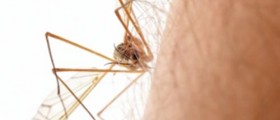
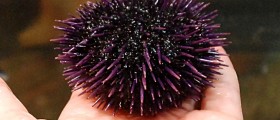
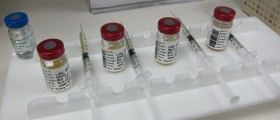

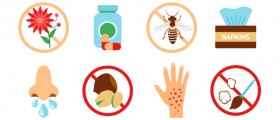






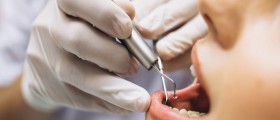



Your thoughts on this
Loading...